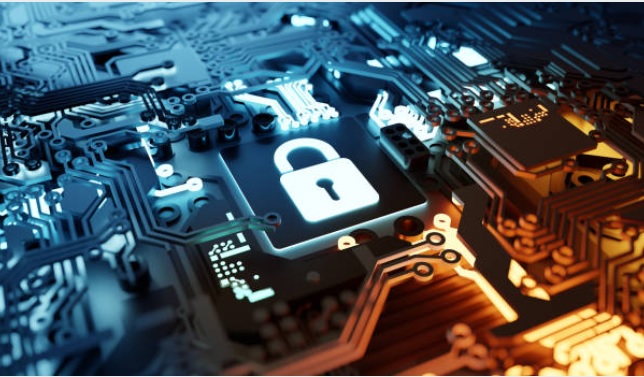IoT utilizes many different assets and resources to fully realize its global potential. Yet, achieving a successful global IoT deployment is a complex process. One that includes consideration of connectivity, devices, data analytics, and more. After all, according to Microsoft, around one-third of IoT projects already fail at proof of concept.
These components are what make IoT so powerful, but they can also cause significant issues if one piece is missing. This is why ensuring these components operate effectively is vital to a successful global deployment.
But first, let’s look at why a truly global, always connected IoT suite is vital in today’s environment.
Want to unlock more exclusive content? Sign up for our monthly newsletter today.

Why the Push for a Global IoT Deployment?
Imagine manufacturing and exporting reusable batteries from South Korea to Germany. As the freight makes the long journey, both sides need constant updates. For example, knowing exactly where it is as well as the condition of the cargo.
With this data, they are able to guarantee quality, reliable delivery times and maintain high safety standards. Especially given the precarious nature of batteries. Real-time data allows you to immediately contact the relevant companies to rectify the issue before damage is done.
On-board sensors can continuously monitor environment temperature, light, vibrations (e.g., doors opening and closing) and location. With pre-programmed parameters, alerts can be issued to warn you in case of a leak or tampering attempts. This real-time information allows you to immediately contact the cargo company and fix the issue before any damage is done.
However, many companies never see the benefits of global IoT due to deployment complexities. Let’s delve into 5 ways to ensure a successful global IoT deployment.
Ensure flexibility by design
As the demand for smarter and smaller devices heats up, some device manufacturers are keeping pace with technologies that support different connectivity and systems.
Bearing in mind that different networks and countries are in various stages of technological adoption (e.g., 3G, 4G, NB-IoT, 5G) due to regulatory, commercial or technological constraints. As a result, devices need to be able to work with all IoT connectivity options and switch seamlessly between standards.
This flexibility is also warranted considering network standards are constantly evolving. In fact, the 2022 Ericsson Mobility Report state’s that the adoption of 5G has outpaced that of 4G, with 4.4 billion 5G subscriptions expected by 2027.

Maintain device and data security
Ensuring data privacy and resilience is vital at every step of the IoT chain as cyber threats rise. A successful cyberattack can be costly, averaging USD$7 million per breach. That can be sobering considering in 2022, cyberattacks rose by 38% compared to the previous year with almost 166 daily attacks per organization.
Moreover, protecting your software is not the only consideration. Best practices entail incorporating security elements into hardware from the point of design. Your ideal connectivity partner should value data resilience, incorporating secure solutions from ground to cloud. For example, using an eSIM as a GSMA standardized Root-of-Trust for true end-to-end encryption of IoT data, dynamic signalling protection and an anti-IMSI-catcher, amongst others.
Simplify IoT suite management & costs
Given high investments costs associated with rolling out a global IoT deployment, why make connectivity an added complexity that can drive up management costs? Certain technologies such as a eUICC enabled eSIM/iSIM lets IoT devices seamlessly switch to a network with the strongest signal without changing SIM cards in the device.
Choose a connectivity single partner with global network agreements that allow you to roam as a local on a home network. Rather than individually signing with connectivity partners in every region with your devices. These established relationships your connectivity partner has with local mobile operators will also give you access to better data rates.
Simplification should also extend to the deployment management portal. With intuitive dashboards, reporting and insightful analytics for real-time status of all devices that can alarm of any problems that might require manual intervention.

Account for growth and scalability
Moving from proof of concept to a global deployment is complicated and challenging. But to fully reap the benefits of IoT, expanding into new markets and achieving mass IoT deployment is crucial. Yet with each new market, your solutions must be customizable to suit their current and evolving needs.
This is where you must consider moving beyond a pure IoT connectivity provider, to a holistic solutions provider with access and partnership with the broader IoT ecosystem. They or their partners can provide the technical know-how and support for you to bring bespoke solutions to market quicker and with greater chances of success.
Parting thoughts
Ultimately, the launch and maintenance of a successful global IoT fleet requires careful planning with trusted solution providers.
Bearing in mind that not all IoT connectivity providers can providing cutting-edge, secure solutions while remaining flexible enough to timely address your needs.
For more information surrounding cellular IoT connectivity and solutions, try out our IoT SIMs today. Set yourself apart from other IoT providers with your deployment by scheduling a one-on-one meeting with us. Together with our partners, we have a relentless commitment to meeting your smart city needs.











